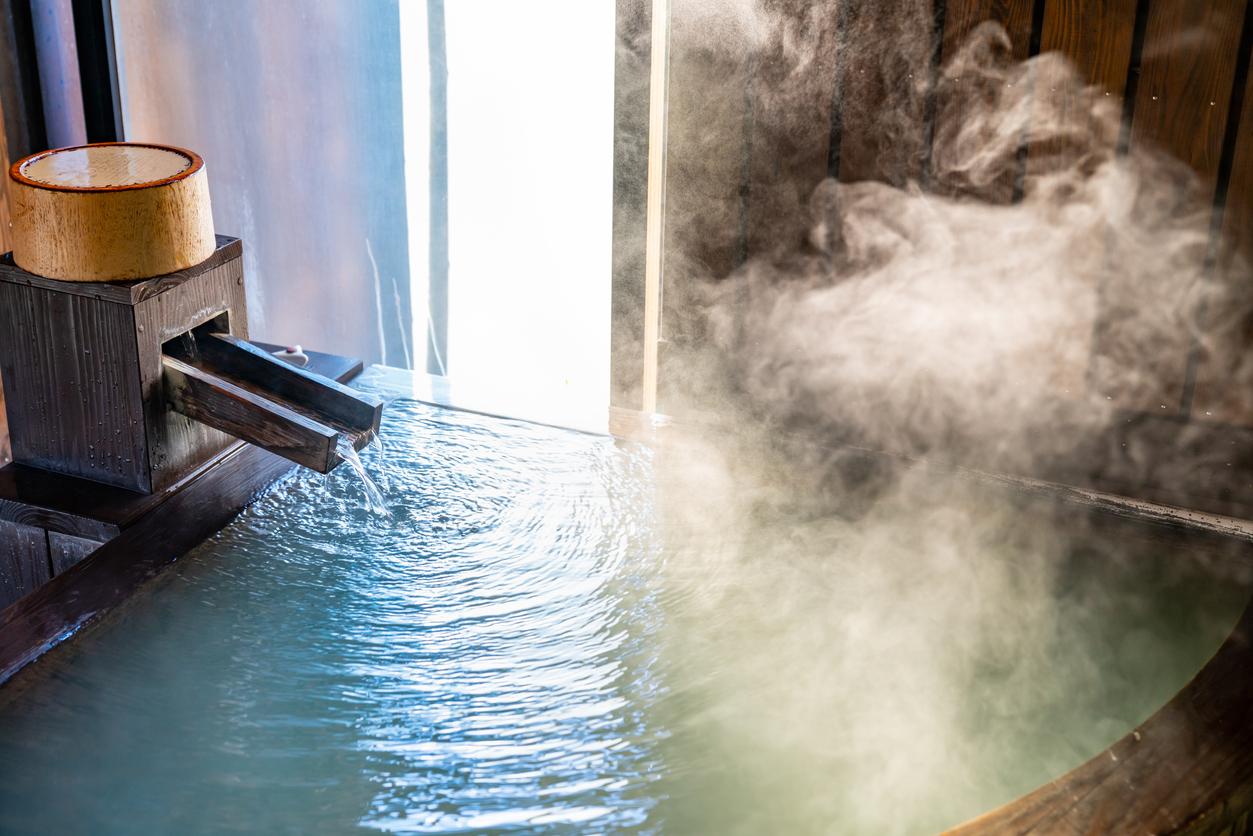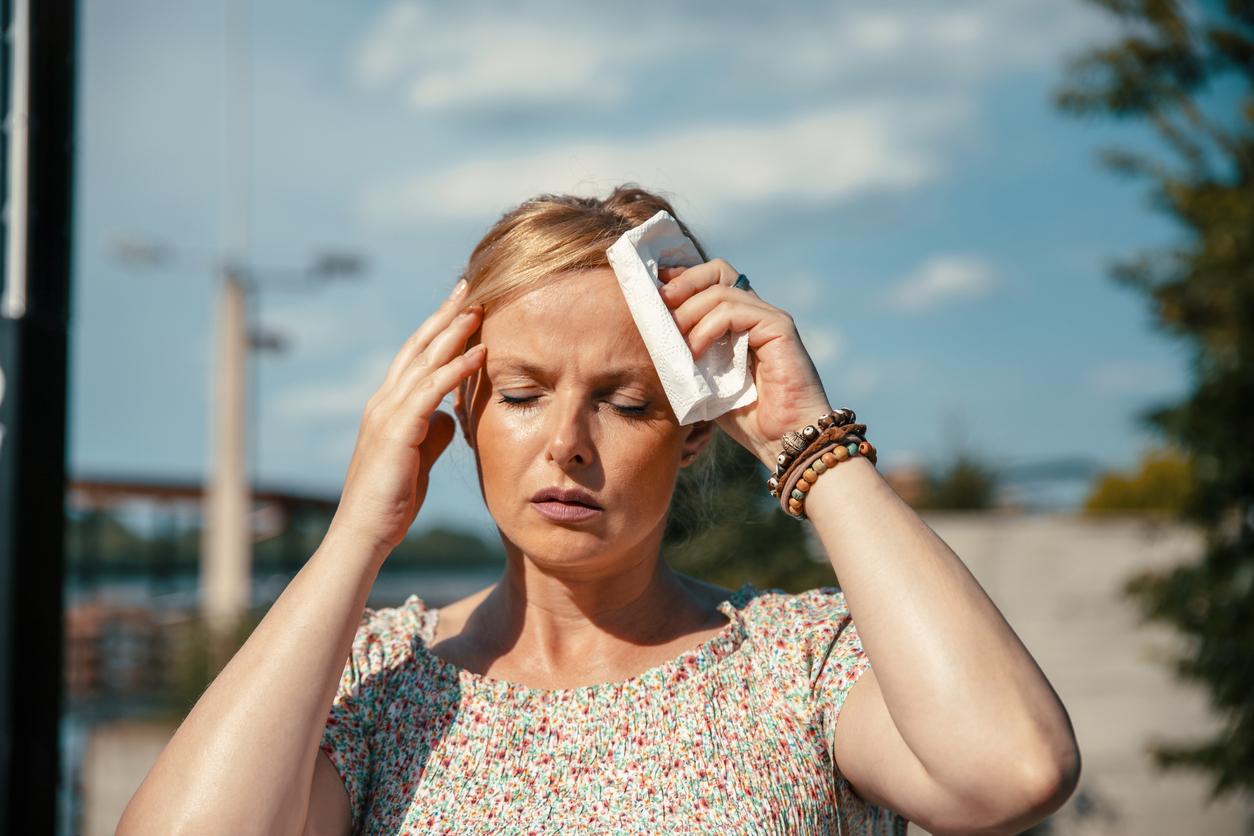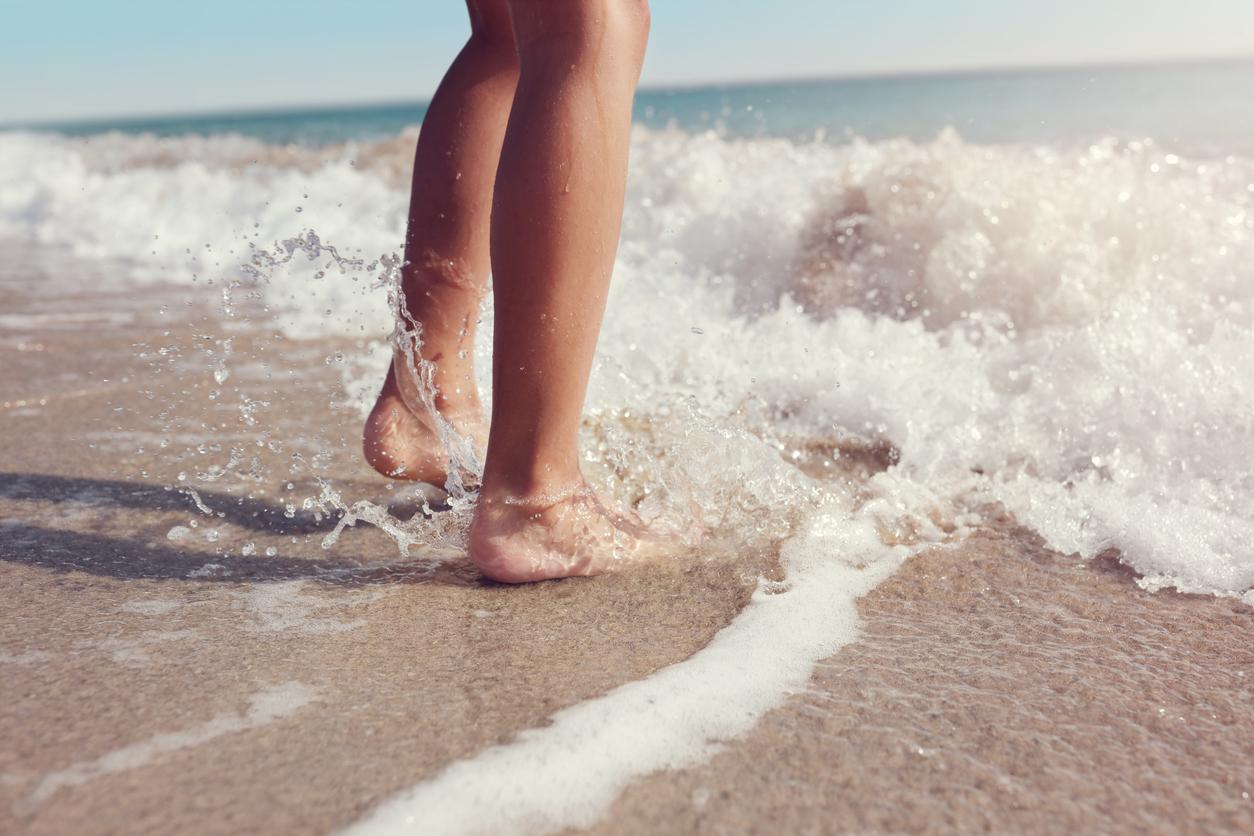Alternating cold water and sauna would help the body to better regulate its temperature.

- Cold water and sauna use may alter the way brown fat tissue burns calories and uses heat.
- This study has several limitations: absence of women, small sample size and potential influence of other unstudied factors such as lifestyle.
- The researchers plan to conduct further research on the subject, with overweight people.
Immersing yourself in cold water and then spending some time in a sauna is a tradition in Scandinavian countries. Danish researchers are interested in the impact of this practice on the body. For two years, they followed a group of eight people, who regularly bathed in frozen water, followed by sauna sessions. The results of their experiment are transcribed in the specialized journal Cell Reports Medicine.
What is brown adipose tissue?
Eight men were recruited for this research. Throughout the study, they swam or bathed in cold water and then spent time in a sauna once a week. When in the water, they either swam or sat, and they were only allowed to wear a bathing suit. On the other hand, they were not allowed to do hot or cold therapies, such as cryotherapy. At the same time, the scientists observed the evolutions and adaptations of their organism, particularly with regard to brown adipose tissue. This is made up of cells whose role is to burn glucose in order to produce heat. “We expected the swimmers to have more brown fatty tissue than the control sample, explains Susanna Søberg, author of this study, in reality, they had better regulation of body temperature.“She made this observation by carrying out a test: all the participants, swimmers or not, had to immerse their hands in cold water for three minutes. The eight men who practiced the Nordic bath on a weekly basis seemed to be more resistant to the cold: their blood pressure and heart rate increased less, compared to the control group.
Easier adaptation to cold temperatures
In a second step, the scientists observed the activation of brown adipose tissue in these two groups, when they were exposed to a pleasant temperature. It did not activate in cold water swimmers, unlike the control group. Conversely, in cold temperatures, this tissue activates in both groups, although the swimmers tended to burn more calories. According to the authors, regular swimming in cold water, alternated with sauna sessions, would help to better adapt to the cold. This finding may have different implications. “Regular winter swimming, combining cold baths with a hot sauna, could be a strategy to increase energy expenditure, which could lead to weight loss if a compensatory increase in food intake can be avoided.“, underline the authors. The activity of brown adipose tissue is also associated with a reduced risk of metabolic diseases. Bathing in cold water is not without danger, however, it can constrict blood vessels and cause hydrocution, but it can also cause hypothermia.
.















